Few places in the world come close to the natural wonder of the Wulingyuan Scenic Area in Hunan province, China. With its gravity-defying rocks that seem to rise, towering, out of the abyss, and vertiginous cable-cars that pull you high above the clouds, it is no wonder that somewhere so out-of-this-world should inspire James Cameron’s 2009 blockbuster, Avatar.
In Avatar, the story follows Jake Sully, a paraplegic former Marine, who travels to the densely-forested moon, Pandora, in the year 2154, to inhabit an avatar and assimilate with the local Na’vi population. The environment he finds there is a spiritual, fantastical world of wildlife, floating mountains and sacred temples - not far off the experience one has when visiting the real-life mountain area of Wulingyuan.
Within this vast region of central China, the natural landscape is divided into four main national parks: Zhangjiajie National Forest Park, Suoxi Valley Nature Reserve, Tianzi Mountain Nature Reserve and the Yanjiajie Scenic Area. Each park takes the visitor deep into the mountains, aided by cable-cars, gargantuan elevators that take you up the mountainside, and even a terrifying glass footbridge.

Getting to Wulingyuan
The city of Zhangjiajie, gateway to the scenic area, is a 3-hour bullet train ride from Changsha, or a short 1½ to 2-hour flight from Xi’an, Guangzhou or Shanghai. From Beijing, the flight is 5 hours. Many people incorrectly assume that Zhangjiajie is the park, or that the park is directly in the city, but in fact, the Wulingyuan Scenic Area is an hour’s coach ride from the centre of town. For this reason, make sure to choose accommodation in Wulingyuan (the small town located at the park’s entrance) rather than in the city of Zhangjiajie, to avoid an hour’s coach ride each morning!
There are several hotels and hostels to choose from at the park’s entrance. Particularly recommended is Zhangjiajie Maosao Inn, with luxurious rooms and an indoor and outdoor pool (perfect to relax in after a long day's hiking). If looking for somewhere more budget, Peakcap Hostel is a cosy hostel, about as close to the ticket office as you can get.
Entrance to the park costs ¥255 ($36) for adults and ¥160 ($22) for children with a validity of 3 days (this is all you need). There is also a student price of ¥160 ($22) for anyone with a valid international student card (e.g. ISIC). Separate fees apply to the Bailong Sightseeing Elevator and cable cars.

Navigating the Park
Like a lot of tourist sites in China, the expectation is that you will travel around with a tour group. For this reason, signage and transport options for independent travellers can be a little limited. Without a tour guide, or group member proficient in Mandarin, you may find yourself completely lost in this vast 690 square kilometre scenic area. For this reason, it is encouraged that you sign onto a tour group, partly so you find your way off the mountain in one piece (!) and partly so you can get a fuller understanding of the history, names and significance of each mountain.

Top Attractions
Within the Wulingyuan Scenic Area
Tianzi Mountain: This mountain is particularly well known for its atmospheric mists and clouds that obscure the base of the highest mountain peaks and give the impression of “floating” rocks. It was this effect that made this region the backdrop for Avatar. Despite being defined by its spectacular special effects, the film's CGI cannot compete with the reality of this incredible view.
The Chinese have always been particularly good at naming their natural wonders, the names often invoking the magical qualities certain formations seem to possess. Within the Tianzi Mountain Scenic Zone, see for yourself the ridges named “Imperial Writing Brush Peaks”, “Warrior Taming Horse” and “Fairy Dispersing Flowers” and discover how they earned such names.

Yuanjiajie: This is the most popular area in the park, and the site of the newly renamed “Avatar Hallelujah Mountain”, in honour of the film. Here, you can also find the Bailong Elevator. This 1,070 ft glass elevator claims to be the highest and heaviest outdoor elevator in the world. Taking visitors up the side of a mountain it is the easiest way to get straight to the top and take in the spectacular views. Again, the peaks have beautiful names: from “Peacock Spreading its Tail” to “Herb Collecting Old Man” to my personal favourite, “Two Tortoises Strolling in Heaven”.
One Step to Heaven: Despite newly built, flashy elevators and bridges drawing visitors to certain mountains peaks, this little hidden viewing platform may in fact be the true heart and soul of Wulingyuan. Located about an hour’s walk down a trail from the top of the Bailong Elevator, you’d be forgiven for completely missing this little platform. Accessible only by ladder, a short climb up this precarious metal staircase leads you truly to “one step to heaven”, high above the rest of the park and surrounded by magical 360-degree views.
Outside of the Wulingyuan Scenic Area

Tianmen Mountain: Accessed by a cableway boasted as the “longest passenger cableway of high mountains in the world”, visitors can scale the outer ridge of the mountain, taking in the staggering views across the valley. From the base, a path of steps lead up to the spectacular “Gate to Heaven”, a vast naturally forming arch between two mountains.

Zhangjiajie Glass Bridge: Images of this huge glass-bottomed bridge, stretching across the ravine and connecting two mountain-tops, went viral on its construction in 2016. Videos of visitors hysterically clutching at the handrails and even losing control of their legs in fright, attracted massive global attention, and encouraged a whole wave of visitors, keen to experience this terrifying walkway for themselves. Only for the brave therefore, this walkway constitutes more of a horrifying theme-park attraction than scenic viewing platform, but is absolutely worth the visit for its incredible views.

Fenghuang Ancient Town: This well-preserved 300-year-old town is a must-visit when in the area, particularly for anyone interested in the culture of the various minority ethnic groups found in this region. With winding little streets, bridges and distinct pagoda-style architecture, the town is a dream-like glimpse into a time long gone. Take a boat at sunset and float down the misty river, or time your visit to coincide with a traditional festival, such as the Ancestral Worshipping Day on April 8th.
General Tips and Advice:
As it may be clear by now, Wulingyuan may be one of the most spectacular and magical national parks in the world. However, it is not the easiest region to navigate, and therefore requires careful planning. Going with a tour guide, or allowing extra days to explore through trial and error is your best bet, as it can be easy to waste time getting hopelessly lost.
Another thing to take into consideration is how temperamental the weather can be. The downside of beautiful cloud-covered mountains is that on days when the cloud level is at its maximum, visibility can sometimes drop to zero. Be prepared to be disappointed if the cloud cover is too strong to see the valleys; or it may be worth your while to stick around for a few days longer, to wait the bad weather out.
That being said, this region demands a visit, if only for the fact that nowhere in the world looks quite like it. Distinctly Chinese, and woven into hundreds of years of Chinese art, culture and national identity, the gravity-defying mountains of Wulingyuan are a true wonder of the world, and the stuff of cinematic dreams.
Starting from Skratch? Here’s a few tips to get you started:
https://www.chinadiscovery.com/zhangjiajie-tours/maps/wulingyuan-map.html
https://www.travelchinaguide.com/attraction/hunan/zhangjiajie/wulingyuan.htm
https://talvxing.co.uk/china/f/zhangjiajie-national-forest-park-part-2





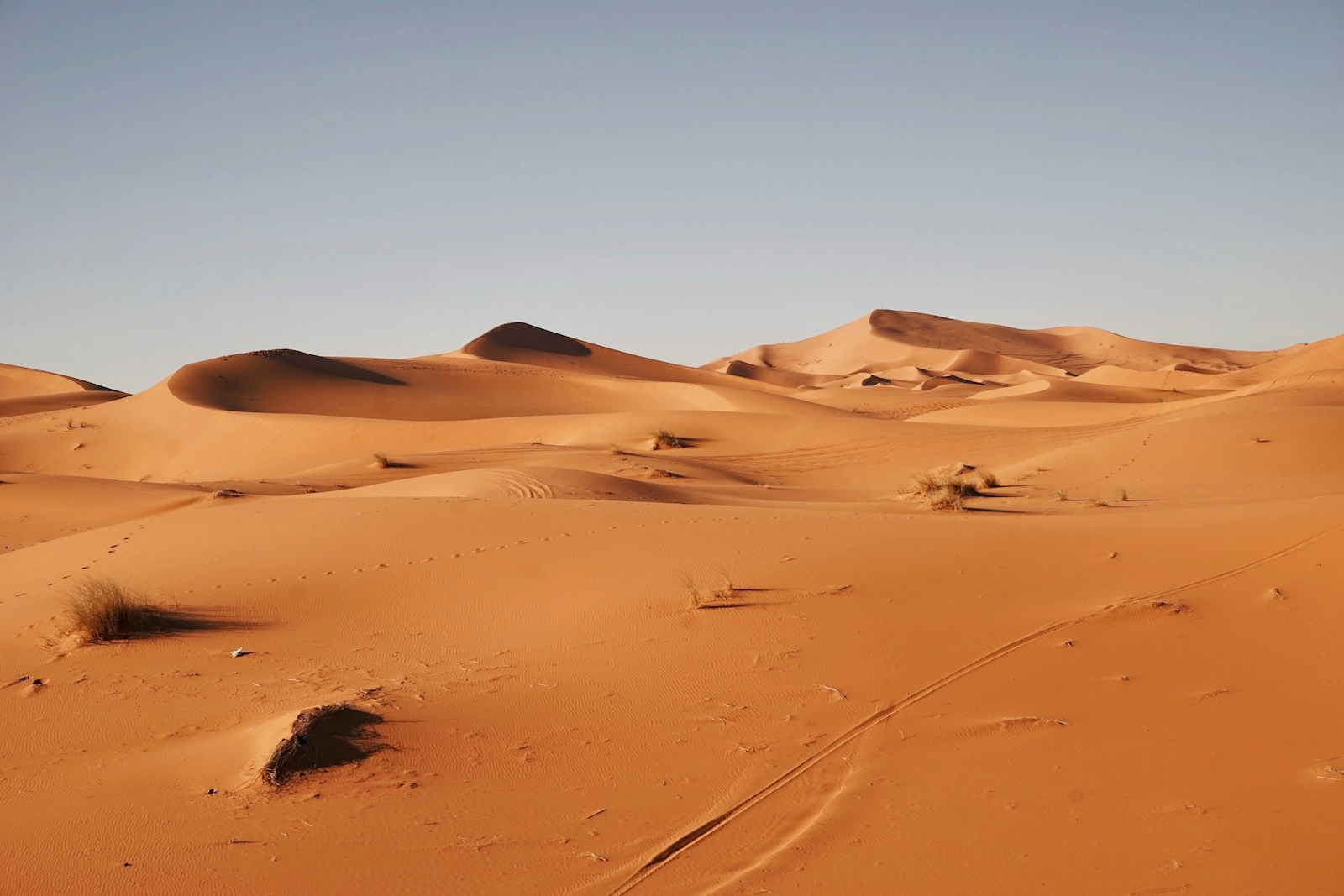
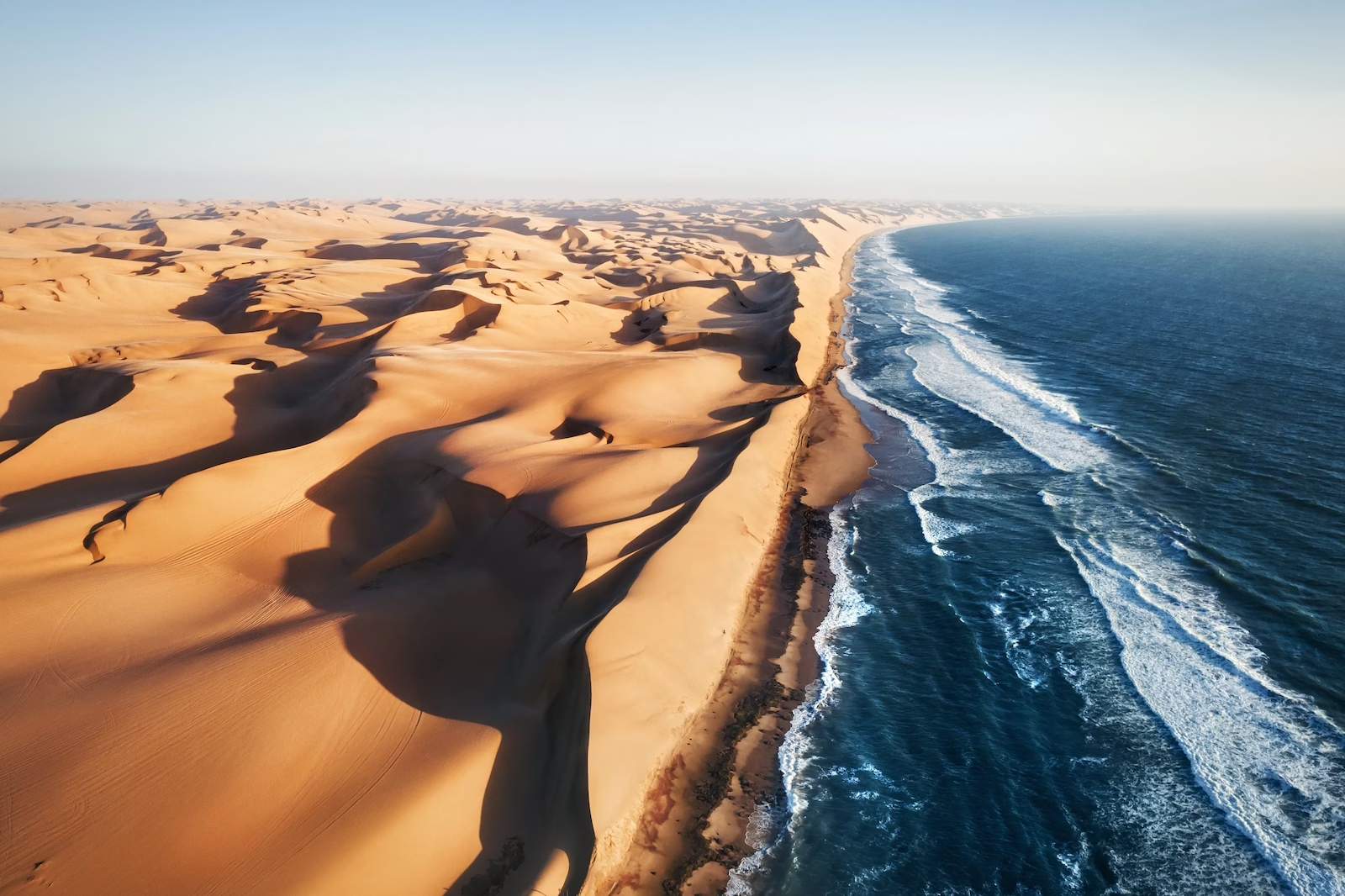
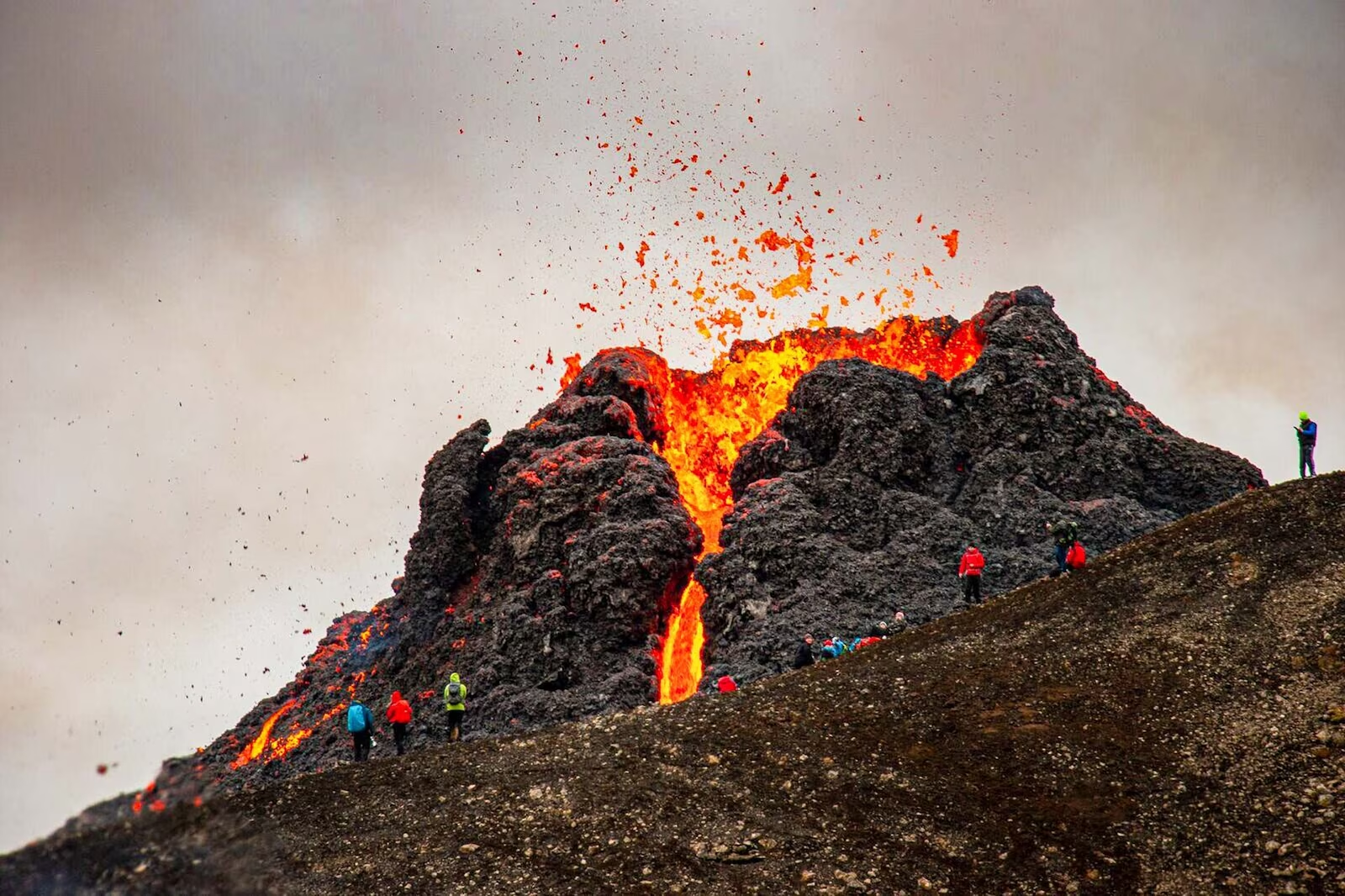




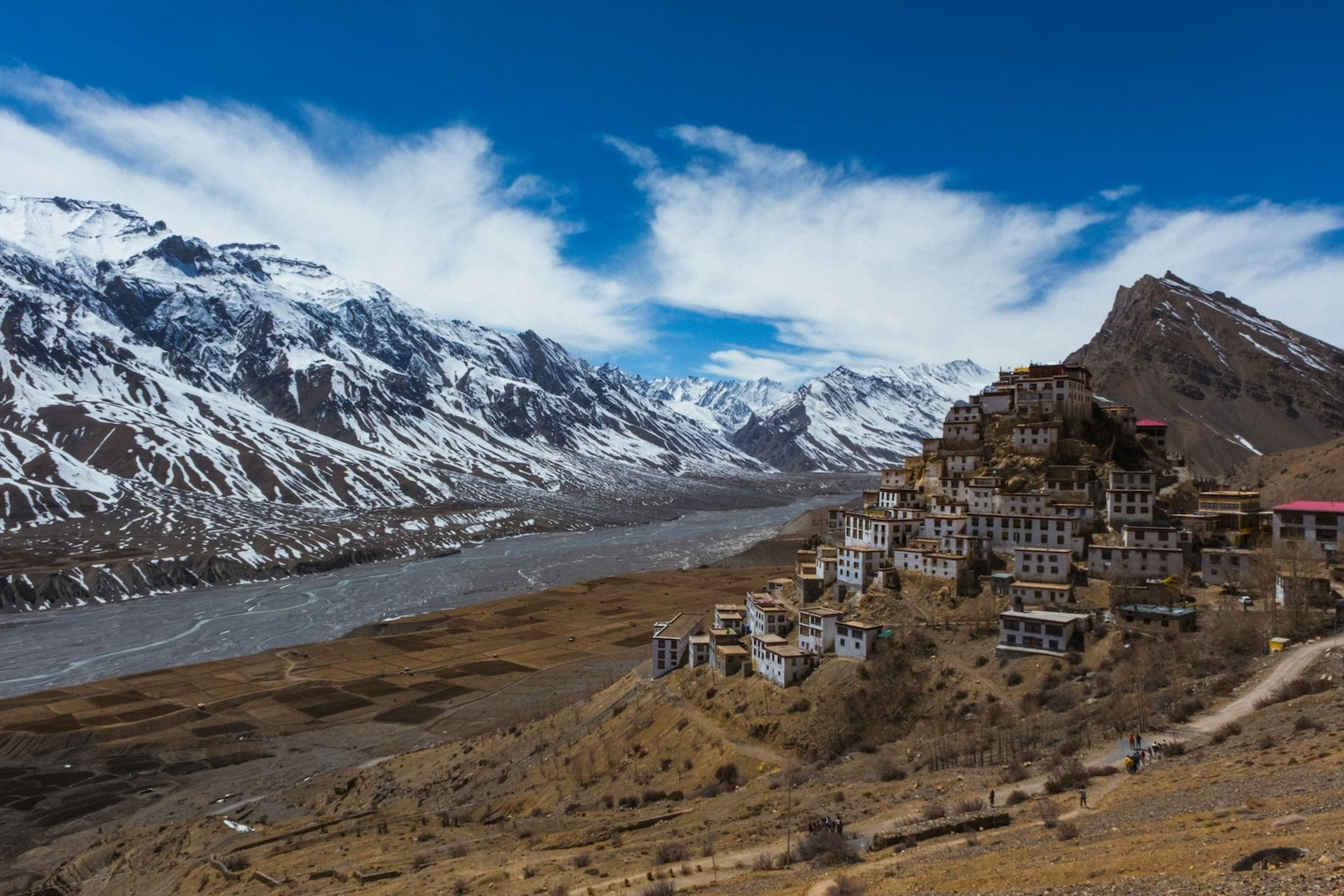

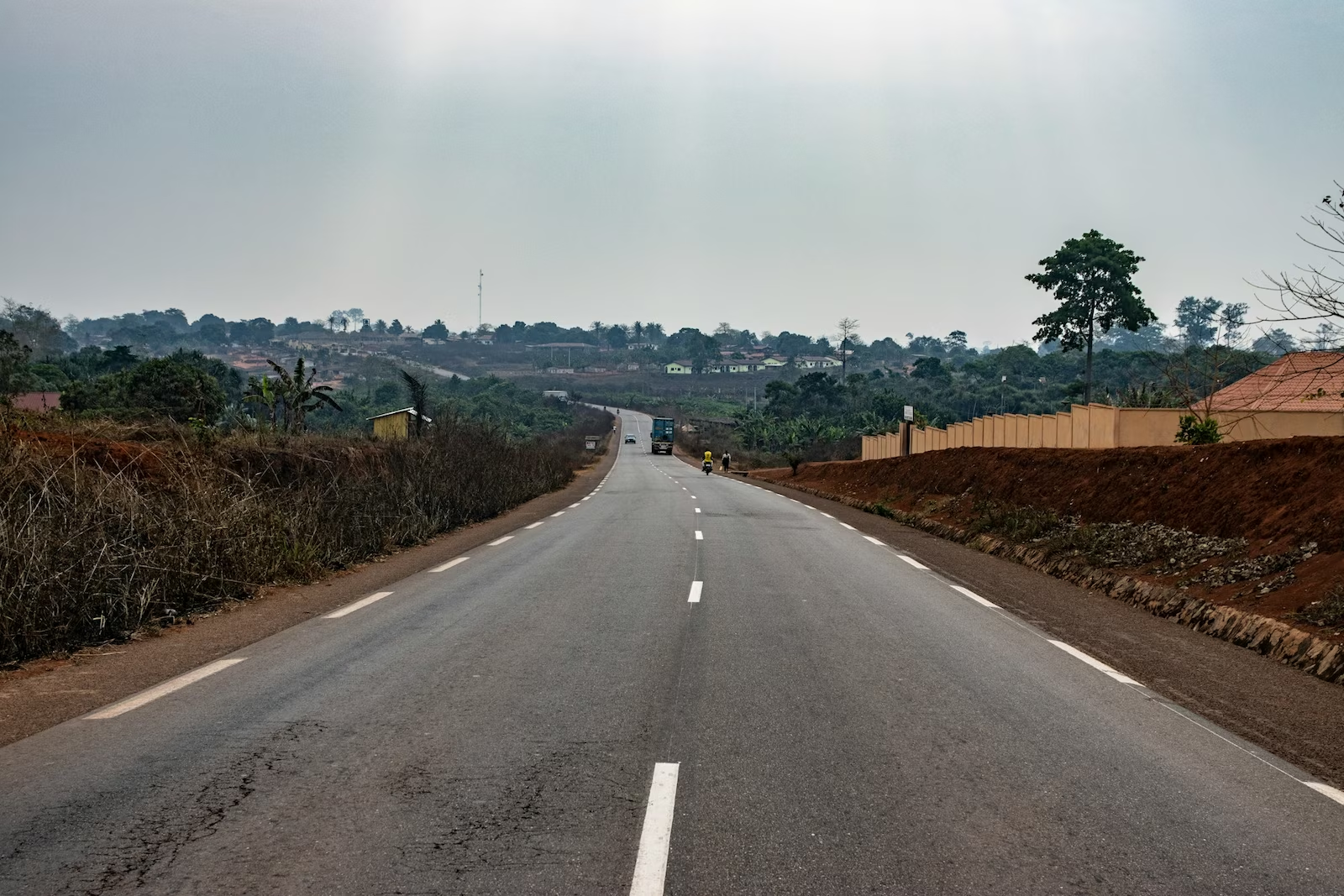
.avif)
.avif)